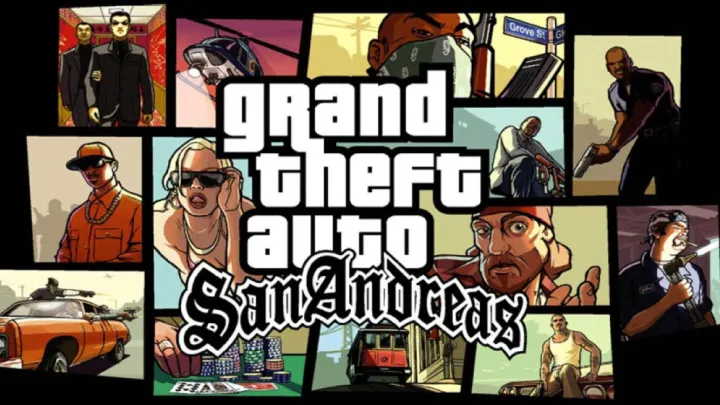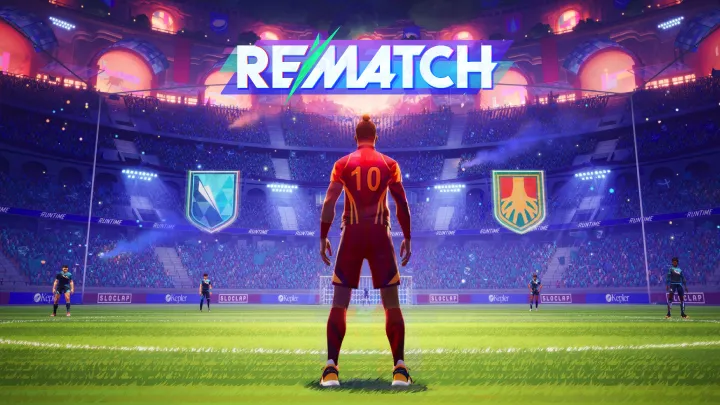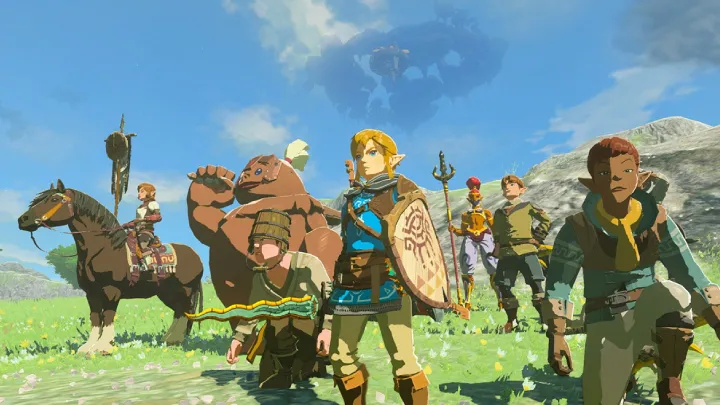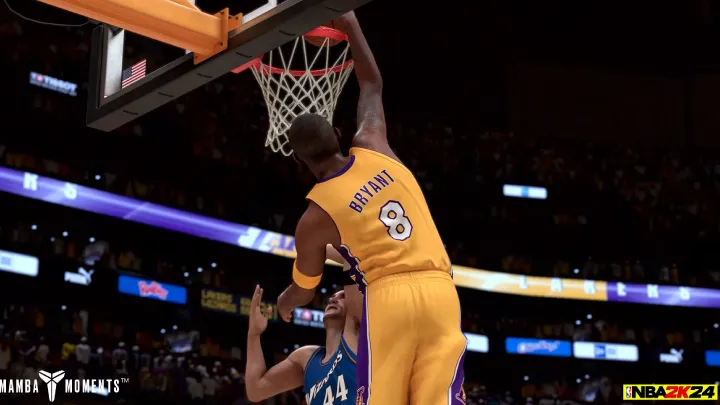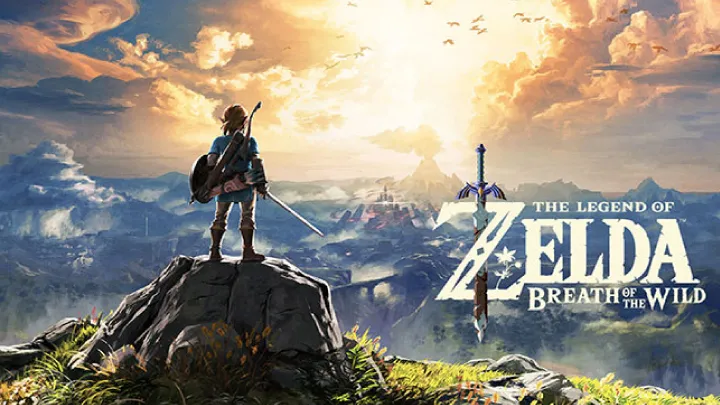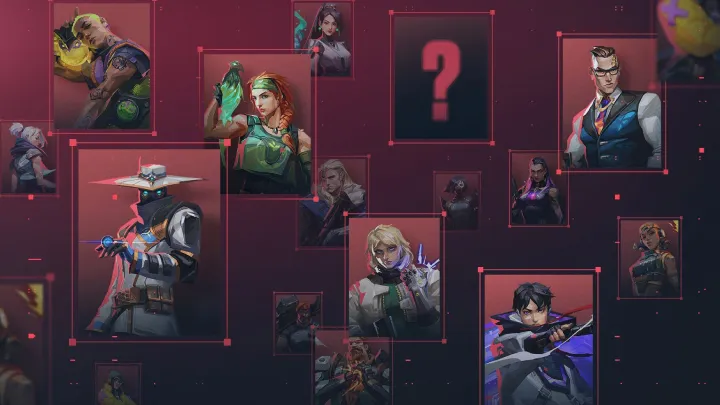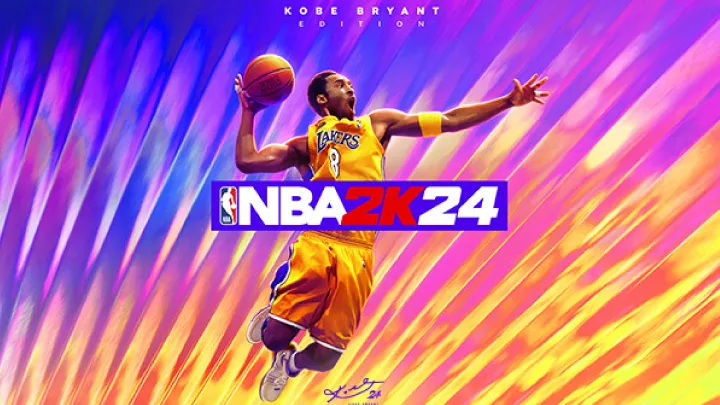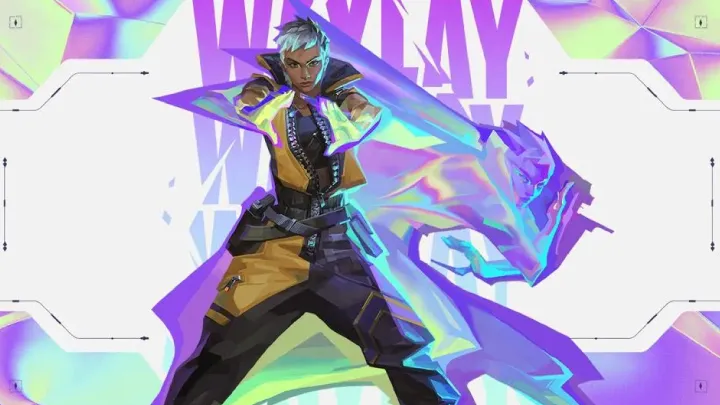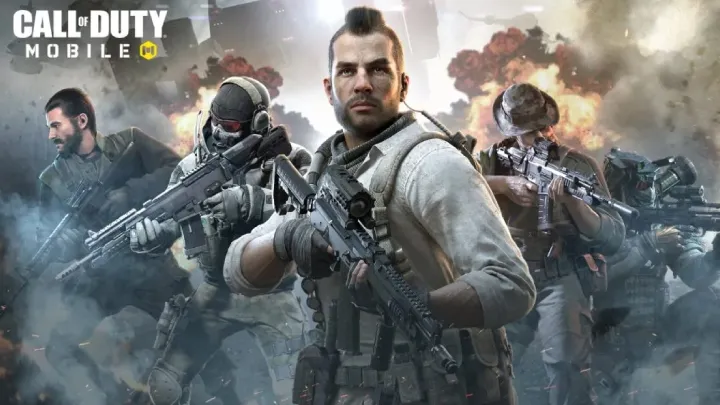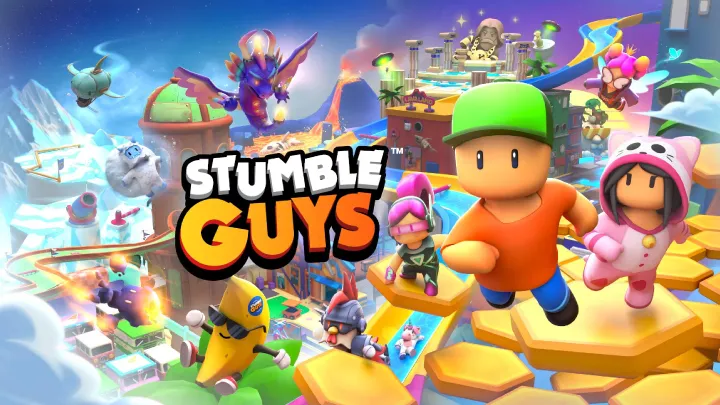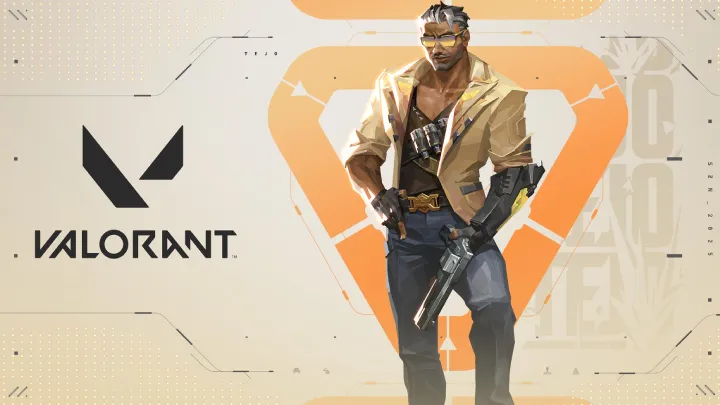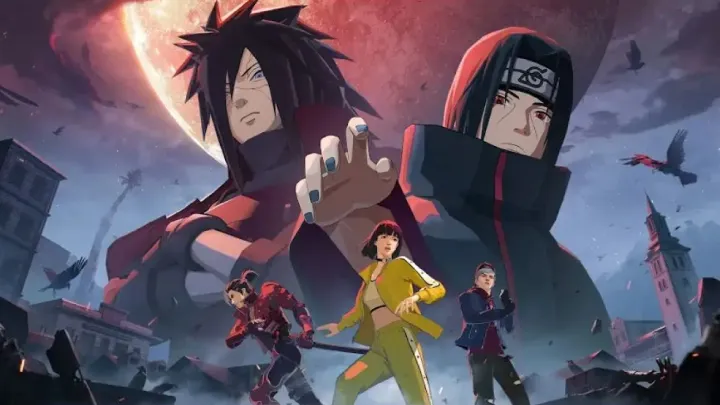Introduction
When Riot Games first teased Valorant in 2019 under the codename “Project A,” the gaming world was cautiously intrigued. Riot, known primarily for its global MOBA giant League of Legends, was stepping into unfamiliar territory: the tactical first-person shooter (FPS) genre. Fast forward to today, Valorant has become one of the most influential competitive shooters of the decade, rivaling Counter-Strike, Overwatch, and Call of Duty in both player engagement and esports presence.
This article provides a comprehensive overview of Valorant: its origins, core gameplay mechanics, community reception, esports ecosystem, and future trajectory. It is not just a surface-level introduction but an in-depth news feature analyzing how Riot crafted Valorant into a global FPS phenomenon.
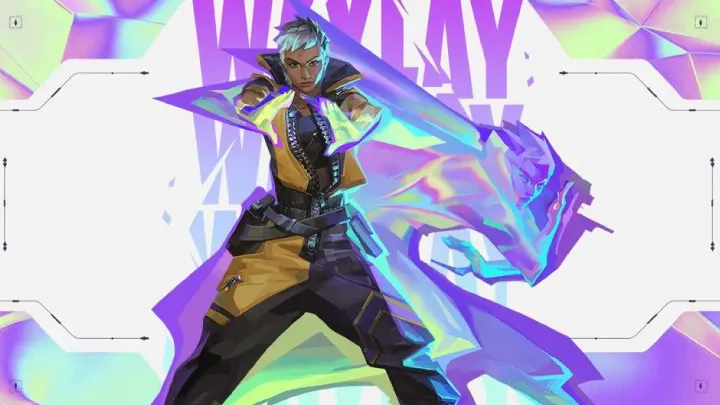
1. Origins and Development
Valorant’s roots go back to Riot Games’ long-standing ambition to expand beyond MOBAs. For years, League of Legends dominated esports viewership, but Riot wanted to diversify its portfolio. By 2014, Riot had begun prototyping new games internally, experimenting with shooters, fighting games, and RPGs.
Project A was revealed during Riot’s 10th-anniversary livestream in 2019, promising a fresh take on the tactical shooter genre. The game aimed to blend the precise gunplay of Counter-Strike with hero-based abilities inspired by Overwatch. Players were immediately intrigued: could Riot successfully merge two competitive ecosystems without alienating fans of either?
In June 2020, Valorant officially launched worldwide. Within a week, millions had logged in, with Twitch streams shattering records—peaking at over 34 million hours watched in a single day during its beta.
2. Core Gameplay: Tactical Precision Meets Hero Abilities
At its heart, Valorant is a 5v5 tactical shooter. The core objective resembles Counter-Strike: one team plants a bomb-like device (the Spike) while the other defends bomb sites. Rounds are short, with economy management playing a huge role in buying weapons, shields, and utility.
What sets Valorant apart is the Agent system. Each character (called an Agent) has unique abilities that add layers of strategy. Instead of grenades and smokes, players use magical walls, recon drones, teleportation, and more. Importantly, abilities complement but do not overshadow raw aim—the gunplay remains the foundation.
Key points of gameplay:
- Weapons: From pistols to rifles like the Vandal and Phantom, weapon balance mirrors Counter-Strike’s gun meta.
- Economy System: Teams manage credits, saving or buying depending on round outcomes.
- Abilities: Flashbang-style skills, movement abilities, and area denial tools redefine traditional tactics.
- Teamplay: Coordination is essential. Unlike Overwatch’s chaotic skirmishes, Valorant rewards patient, strategic play.
This combination of tactical precision with hero-style creativity is Valorant’s unique selling point.
3. Agents and Abilities: Building Tactical Diversity
Valorant launched with 11 Agents, but now boasts a growing roster exceeding 20. Agents fall into four categories:
- Duelists: Entry fraggers like Jett, Reyna, and Phoenix.
- Controllers: Area control specialists like Omen, Brimstone, and Viper.
- Initiators: Recon and disruption experts like Sova and KAY/O.
- Sentinels: Defenders and anchors like Sage, Killjoy, and Cypher.
Each Agent has a signature ability, two purchasable abilities, and an ultimate that charges over rounds. This structure ensures balance: abilities assist but cannot outright replace good shooting.
The evolving roster has sparked debates within the community. For example, Jett’s dominance as the preferred entry agent led to numerous balance patches. Similarly, Chamber—a sentinel with sniper-like abilities—once broke the meta until Riot issued significant nerfs.
4. Visual Style and Technical Design
Unlike gritty military shooters, Valorant opts for a clean, colorful, and stylized aesthetic. Maps are designed with clarity in mind: visibility, sharp edges, and identifiable landmarks ensure competitive readability.
Riot also emphasized low system requirements. Valorant runs smoothly on older hardware, making it accessible in regions where gaming PCs are not high-end. Combined with Riot’s global server infrastructure and robust anti-cheat system (Vanguard), Valorant maintains competitive integrity worldwide.
5. Competitive Scene: Valorant Champions Tour (VCT)
From day one, Riot positioned Valorant as an esport. The Valorant Champions Tour (VCT), launched in 2021, created a structured global circuit with three tiers: Challengers, Masters, and Champions.
- Challengers: Regional leagues feeding into global play.
- Masters: International events showcasing the best teams.
- Champions: The world championship, Valorant’s equivalent of League’s Worlds.
By 2022, Champions Istanbul recorded 1.5 million peak viewers, cementing Valorant as a top-tier esport. Organizations like Sentinels, Fnatic, DRX, and LOUD became household names within the community.
Riot’s franchising model in 2023 further stabilized the ecosystem. Partnered teams received guaranteed spots in international leagues, ensuring long-term investment and player sustainability.
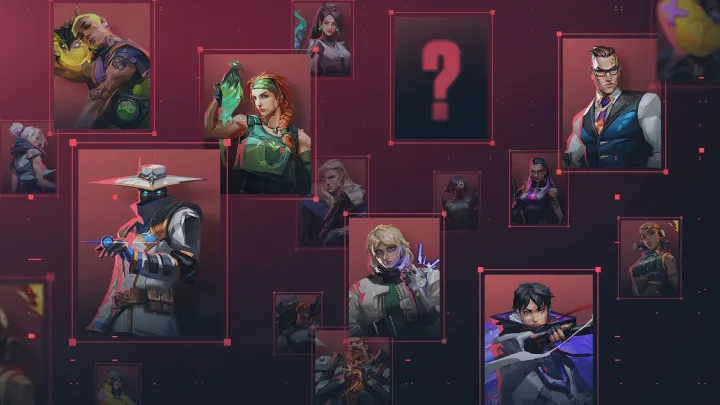
6. Community and Streaming Culture
Valorant thrives not only as a competitive esport but also as a streaming phenomenon. Twitch and YouTube remain its cultural hubs. Streamers like Shroud, TenZ, and Pokimane helped popularize the game during beta and continue to shape its public image.
Valorant also introduced Twitch drops during beta, granting access codes to viewers. This move created massive hype and record-breaking engagement, a marketing strategy later replicated by other games.
The community is diverse: casual players enjoy unrated and deathmatch modes, while hardcore grinders climb the competitive ranked ladder. Riot actively listens to feedback, rolling out patches that address balance issues raised by both pros and everyday players.
7. Cultural Impact and Player Demographics
Valorant’s global success lies in its accessibility. Unlike many shooters dominated by Western audiences, Valorant exploded in regions like Southeast Asia, Brazil, and South Korea. Its lightweight system requirements and free-to-play model lowered barriers to entry.
Additionally, Riot’s push for diverse character representation resonated with players. Agents come from various cultural backgrounds, with voice lines in multiple languages. Representation of women and minorities, both in-game and in the esports scene, has been stronger than in many traditional shooters.
The Valorant Game Changers initiative further boosted inclusivity by creating competitive opportunities for women and marginalized genders. This has inspired a new wave of players to take esports seriously.
8. Ongoing Updates and Balance Philosophy
Riot Games follows a live service model, pushing regular updates that include:
- New Agents
- New maps
- Weapon balancing
- Quality-of-life improvements
The philosophy is clear: keep the meta fresh but not chaotic. Riot avoids power creep by ensuring that no single Agent or gun dominates for too long. For example, when Chamber disrupted balance, Riot issued nerfs across multiple patches until his win rate normalized.
Seasonal battle passes and skin bundles also fuel cosmetic revenue, funding Riot’s free-to-play model. Skins like the Elderflame dragon set or the futuristic Prime collection are iconic within the community.
9. Challenges and Criticisms
Despite its success, Valorant faces ongoing challenges:
- Cheating: Despite Vanguard, some cheaters slip through.
- Toxicity: Like many competitive games, Valorant struggles with player behavior.
- Agent Balance: Constant tweaks are necessary to keep the meta fair.
- Map Pool Rotation: Some players criticize the limited map variety and forced rotations.
Riot acknowledges these concerns and regularly communicates development goals via patch notes, dev diaries, and community Q&A sessions.
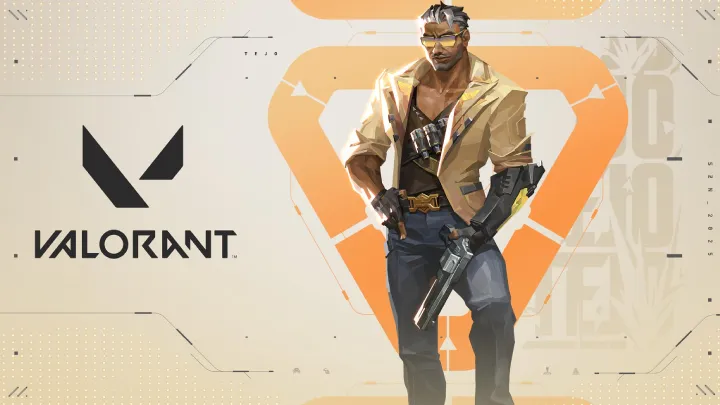
10. The Future of Valorant
Looking ahead, Valorant shows no signs of slowing down. Riot has confirmed ambitions to:
- Expand into mobile platforms with Valorant Mobile, targeting Asia’s mobile-dominant markets.
- Continue growing VCT into a premier esport rivaling CS2 and League.
- Release more culturally diverse Agents and maps.
- Experiment with new modes beyond traditional 5v5 competitive play.
With consistent updates, a thriving esports circuit, and Riot’s commitment to community engagement, Valorant is well-positioned to remain a competitive shooter powerhouse throughout the 2020s.
Conclusion
Valorant represents a bold experiment that paid off. By blending Counter-Strike’s tactical precision with Overwatch’s hero-based dynamics, Riot created a hybrid shooter that resonates with players worldwide. Its accessible design, thriving esports ecosystem, and ongoing commitment to balance have secured its place in gaming history.
As the game evolves—with new Agents, maps, and esports milestones—Valorant continues to push boundaries, not just as a competitive shooter, but as a cultural force shaping the future of online gaming.


